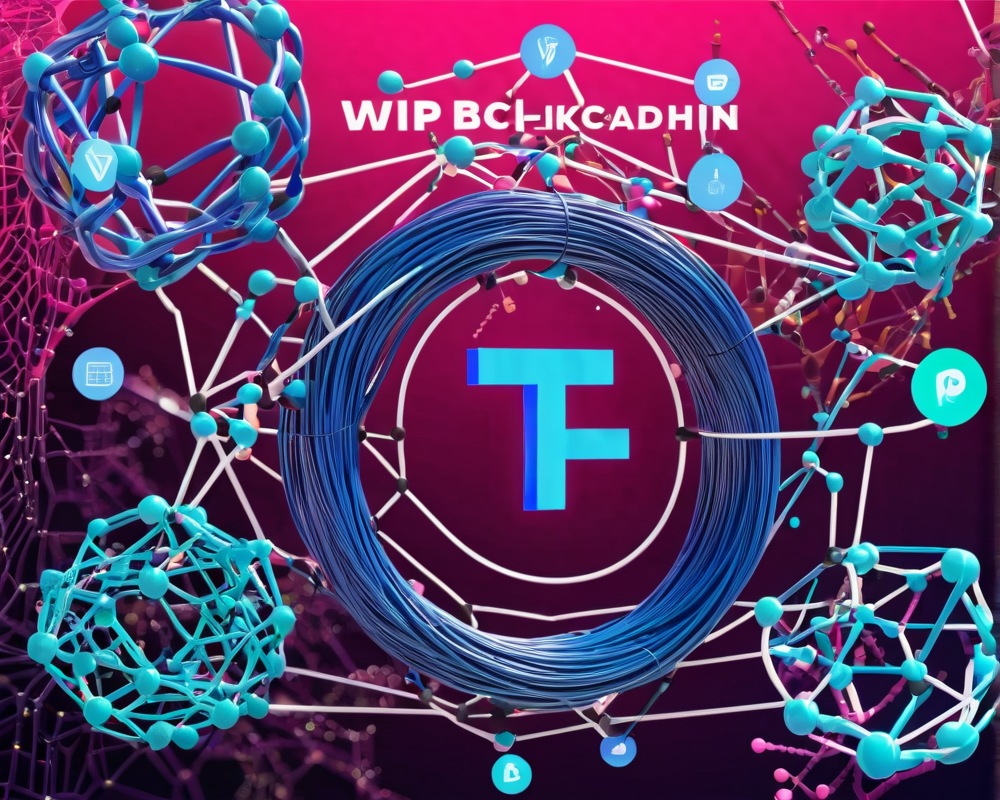The Interoperability Dilemma
In the ever-evolving landscape of Web3, where digital goods and NFTs are all the rage, one glaring issue stands in the way of seamless interaction: interoperability. Picture this: different blockchains having a conversation, but instead of smooth dialogue, it’s more like a game of charades. Many platforms can’t connect, making it a Herculean task for users to manage assets across multiple ecosystems.
What Exactly is UPAP?
Enter the Universal Polymorphic Address Protocol (UPAP) from Wire Network. This groundbreaking protocol claims to bridge the gap of blockchain interoperability, eliminating those pesky obstacles that have frustrated users for too long. With UPAP, you get universal wallet addresses that make transferring NFTs, swapping cryptocurrencies, and adding liquidity pairs as easy as pie—provided, of course, the pie is gluten-free and made from money.
How Does UPAP Work?
The UPAP employs universal readable wallet addresses, ensuring that sending or receiving assets is a walk in the park. Forget the complexities of existing methods—no bridges, no oracles, just straightforward cross-chain transactions. This protocol embraces an open-source philosophy, allowing wallets to self-validate transactions without the overhead of third-party interventions. You could say it’s the DIY home improvement project of blockchain solutions—just with fewer splinters.
Why Now?
According to Ken DiCross, CEO of Wire Network, “For Web3 to take off, it needs standardization akin to HTTP.” With this perspective, UPAP isn’t just a nice-to-have; it’s a must-have in creating a frictionless experience for users across various blockchain networks. Imagine a world where you don’t even have to think about which wallet addresses are compatible with which blockchain—sounds dreamy, right?
Looking Ahead
The future of Web3 could be pivotal if UPAP fulfills its promise. By allowing any blockchain that uses the ECDSA cryptographic algorithm to integrate the UPAP wallet, the team at Wire Network is pushing the boundaries of what’s possible in blockchain interoperability. All it takes is a mnemonic import from your current wallet, and voilà! A universal address that connects you to the world of cross-chain asset exchanges awaits.




